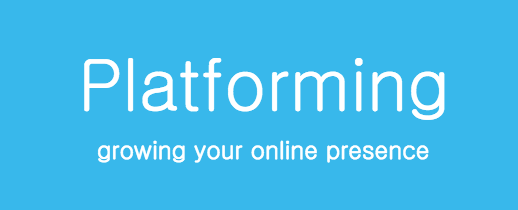
35 Blog Post Ideas When You’re in a Slump
The age-old question, “I’ve covered everything under the sun! What else is there to write a blog post about?”…
June 12, 2023
The age-old question, “I’ve covered everything under the sun! What else is there to write a blog post about?”…
June 12, 2023
For bloggers and writers who wish to create a credible online presence, selecting an appropriate website template is essential.…
May 28, 2023
A welcome post is a pinned post on your blog that appears first in your entry feed. But let’s…
April 20, 2023
Experts continue to tell writers that their email list is one of the best ways to turn followers into…
November 24, 2022
Blogging is one of the foolproof ways of building a good audience. It isn’t easy though, considering that it…
August 11, 2021
Have you ever participated in a writer’s challenge? Did you know there are writing challenges for bloggers? Here’s how…
December 28, 2019
Give yourself permission to not blog. Yes, I said it. Going through different seasons in life does correlate to…
September 24, 2019
When you’re creating content for a certain audience, you want them to respond to it. And not just respond,…
August 13, 2019
Do you post pictures in your blog or only use text? Are you using embedded video? Can your reader…
June 24, 2019
In the beginning of your blogging journey, you most likely won’t have anyone but your mom reading your posts…
April 12, 2019
When I created my blog in May 2012, I signed up for WordPress.org. One of the unique features of…
March 24, 2019
Where am I in my writing journey, you ask? Well, I’m a little more than two years into what…
March 3, 2019
As a blogger, you want to share your creative content and continue to learn and grow. One way to…
August 24, 2018
It’s time for another Third Anniversary Throwback Thursday. Almost an Author features a great advice on a wide variety…
July 19, 2018
A traditional blog gives your readers a place to find you and your writing. A place where you share…
May 28, 2018
Ideas on How to Blog How Often You Post Blogging takes consistent commitment. Whether you decide to blog once…
April 28, 2018
Reasons Why Writers/Authors Don’t Start A Blog Perhaps a friend has suggested you should start a blog, and you…
March 25, 2018
I once heard on Dan Miller’s 48 Days podcast something along the lines of “You already know what you…
September 22, 2017
In the previous post, we discussed how writers can build a blog readership by establishing a brand, deciding on…
August 21, 2017
One of the cornerstones of your platform is your personal website or blog. Whether professionally designed or a DIY…
July 24, 2017
Magazine writing jobs sent straight to your inbox? Yes, it is true. I get them every morning. So how…
June 12, 2017
[vc_row][vc_column][vc_column_text]The steamer which crossed the Pacific from Yokohama to San Francisco made a direct connection with that from Hong…
May 20, 2017
[vc_row][vc_column][vc_column_text]The steamer which crossed the Pacific from Yokohama to San Francisco made a direct connection with that from Hong…
May 1, 2017
[vc_row][vc_column][vc_column_text]The steamer which crossed the Pacific from Yokohama to San Francisco made a direct connection with that from Hong…
April 5, 2017
[vc_row][vc_column][vc_column_text]The steamer which crossed the Pacific from Yokohama to San Francisco made a direct connection with that from Hong…
March 1, 2017